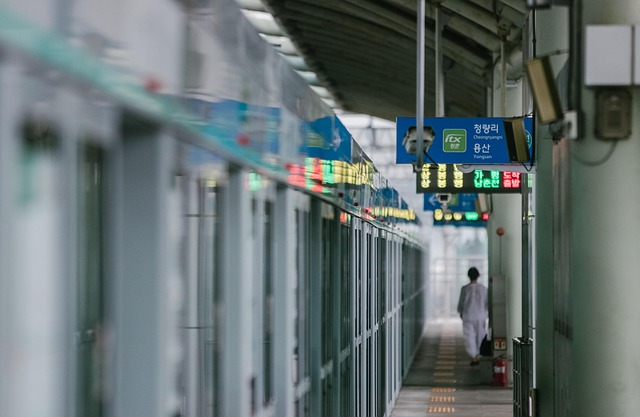In the ever-evolving landscape of infrastructure, public transport stations stand as vital hubs that connect not only people and places, but also visions of a more sustainable future. These hubs are more than just points of departure and arrival—they are catalysts for regional growth and key players in reducing our environmental footprint. Especially in rural areas, embracing modern, well-integrated transport stations can be transformative, sparking new opportunities and improving quality of life.
Transport Sustainability: Why Public Transport Stations Matter
Sustainable transport is all about meeting the mobility needs of today without compromising the ability of future generations to meet theirs. At the heart of this concept are public transport stations, which, when thoughtfully designed and strategically located, help reduce reliance on private vehicles, lower greenhouse gas emissions, and promote equitable access to services and employment.
These stations serve as eco-friendly hubs that encourage shared mobility and interconnect different modes of transport such as buses, trains, and bikes. Infrastructure improvements in these areas, such as solar-powered lighting, energy-efficient facilities, and green roofs, reduce environmental impact and promote long-term sustainability.
Moreover, well-integrated public transport systems help alleviate congestion in urban centers while incentivizing the use of clean energy vehicles and communal travel in rural landscapes. As the backbone of sustainable travel, transport stations play a critical role in nurturing greener, healthier regions.
Driving Rural Development Through Infrastructure
Rural communities often face major infrastructural challenges that hinder growth—limited connectivity, declining populations, and fewer job opportunities. However, investing in robust public transport stations in these areas can be a game-changer.
Improved access to transportation enhances mobility, enabling residents to reach education centers, healthcare facilities, and job markets more easily. This connectivity fosters inclusive development by narrowing the rural-urban divide and rejuvenating local economies. Local businesses benefit from increased foot traffic and better logistics, while residents enjoy greater social inclusion and independence.
Additionally, establishing such stations with a community-centered approach—incorporating local materials, cultural design elements, and multipurpose spaces—can foster a sense of ownership and pride. These stations become more than just transit points; they evolve into community spaces where culture and mobility intersect.
Integrating Smart Planning Into Infrastructure
The journey to sustainable transport and effective rural development starts with smart, data-driven planning. Planners and policymakers need to assess local needs, anticipate future growth, and integrate technology to build transport stations that are adaptable to change.
From digital ticketing systems and real-time tracking to weather-resistant materials and disaster-resilient designs, the future of public transport stations lies in smart infrastructure. These features not only improve efficiency but also enhance user experience and safety, encouraging more people to make the shift to public transit.
Community engagement should remain at the core of planning processes. By involving local stakeholders in decisions, we ensure that the resulting infrastructure genuinely serves the population and reflects the unique character of rural areas.




